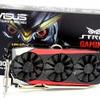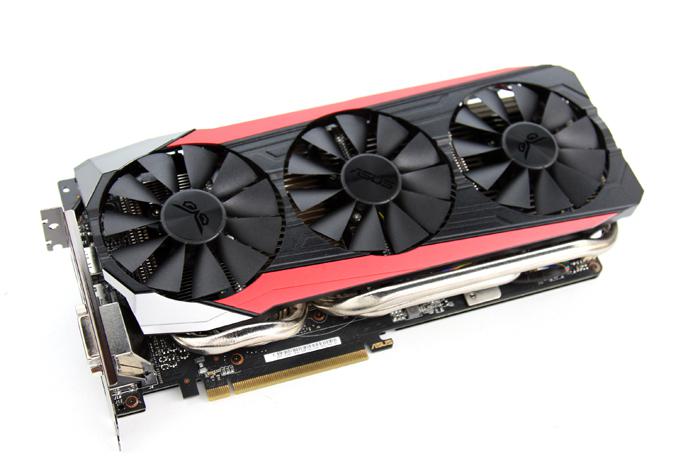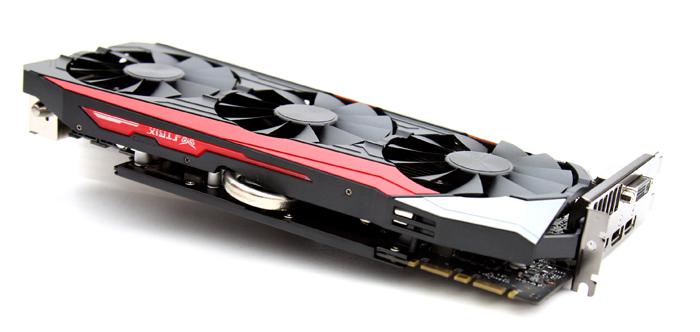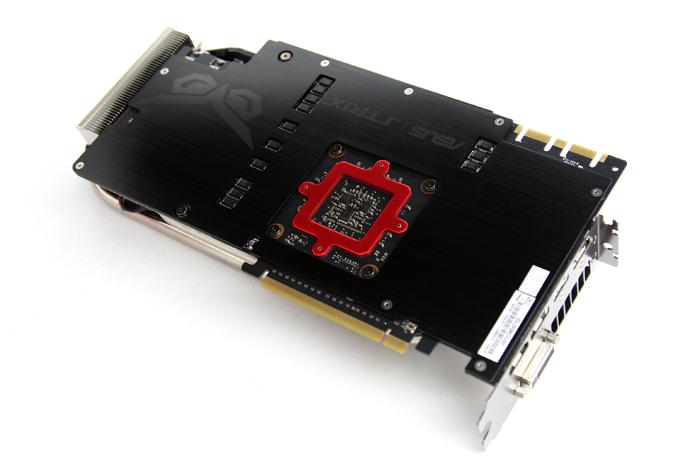Product Showcase
Product Showcase
Let's start with our photo-shoot. A few pages that show the ins and outs with photos, all taken with an in-house photo-shoot of course.
So we test the Strix model specifically, which comes with a faster standard clock frequency. A DIGI+ VRM has been assigned together with a strong acclaimed 12-phases for the GPU. We haven't checked under the hood, but often this is 6 phases, and then two doubled up. Anyway, the ASUS GeForce GTX 980 Ti is offered as a STRIX Edition. ASUS overhauled the design a bit. The PCB for example is now built and fabbed by machine, no more humans inserting DIP components. The PCB looks fantastic and very clean. Next to that the cooler is now overhauled to DirectCU revision III. The card is offered in a nice two slot design. You will spot that matte black PCB with on it, two 8-pin power headers to feed the owl.
Board partners will be able to release the Ti model cards in their own configurations, including different cooling solutions. During Computex we already showed a thing or two, other designs which launch later in the month. The STRIX gaming edition has higher factory clocks, quite impressive as well. The default mode base clock is clocked at 1216 MHz, with a boost allowance to 1317 MHz. The memory is clocked at a modest 1800x4 = 7.2 GHz (effective data-rate) on its 384-bit wide memory bus that ties to 6GB of GDDR5 memory.
The card itself as stated is a nice dual-slot solution, based on the DirectCU III design, the GPU is cooled by a copper base plate connected to heat pipes. In low-load situations the fans do not spin, something we see with most AIB cards at the moment. So when they are not needed which is roughly 60 Degrees C, the fans won't even spin and thus up-to that point this card remains passively cooled.
The reference card will have a power design of roughly 250 Watts, but due to the high clocks and extensive tweaking design this card consumes way more, roughly 300 Watt as we'll show you later. Check out the backside where there is a thick sturdy metal back-plate with plenty of venting spaces applied as well. ASUS calls this the fortifier. Lovely design BTW especially the GPU retention bracket in all red, it simply is a nice touch.





